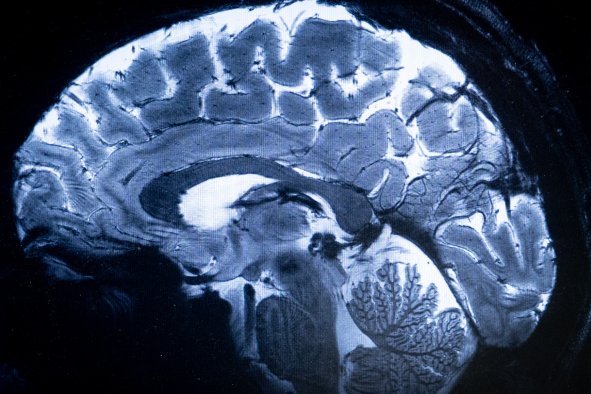Scientists may have found the twin of STEVE—a mysterious ribbon of light in the night sky.
A team of researchers made the notable discovery, by analysing data from the European Space Agency's (ESA) Swarm satellites. Details are published in a new study in the journal Earth, Planets and Space.
It has identified a new celestial phenomenon that closely resembles STEVE (Strong Thermal Emission Velocity Enhancement) and sheds new light on their understanding of this strange phenomenon.
STEVE, an unusual aurora-like structure characterized by a glowing purple arc, was first observed by amateur sky watchers, the study reported.
Unlike usual auroras, which are caused by charged particles from the sun colliding with Earth's magnetic field, STEVE is believed to be a stream of hot gas.
The recent discovery of a similar arc on the opposite side of the sky suggests that STEVE has a counterpart, which only adds to the mystery.
"This discovery is important both in terms of understanding the phenomenon itself and in its connection to citizen science. STEVE has only been observed from sunset to midnight, but its twin has now been found on the dawn (morning) side," Sota Nanjo of Japan's University of Electro-Communications, told Newsweek in a statement.
"This could help us understand the still mysterious emission mechanism of STEVE. Additionally, this phenomenon was discovered by Norwegian photographer Gabriel Arne Hofstra, who diligently surveyed a large amount of archive data available on our website. This serves as a tangible example that anyone, not just researchers who make a living from their study, can contribute to science," added Nanjo.
The Tokyo-based researchers were joined in the study by scientists at the Swedish Institute of Space Physics, the Arctic University of Norway and Tromsø-based photographer Gabriel Arne Hofstra.
And the finding came from the collaboration between these professional scientists and citizen scientists. By analyzing data from the Swarm satellites, which measure Earth's magnetic field, researchers were able to confirm the presence of this new structure or "twin."
In times where nearly everyone has access to a digital camera, collaborations like this one could become more common. And it opens up many doors for scientists to spot the phenomenon.
"The exact mechanism behind STEVE's glow is not fully understood yet, but many scientists have pointed out that it is related to the generation of high-speed ion flows in the east-west direction, known as Subauroral Ion Drift (SAID) or Subauroral Polarization Streams (SAPS), which occur on the evening side," Nanjo said.
"However, it is also known that similar ion streams called Dawnside Auroral Polarization Streams (DAPS) are observed on the dawnside. If SAPS/SAID cause STEVE, it would be reasonable to assume that DAPS could also be responsible for its twin."
The discovery of STEVE's twin not only helps scientists understand more about space weather, but also opens up new avenues for research. Scientists are now keen to study the conditions that lead to the formation of these structures and their potential impact on Earth's atmosphere.
Understanding STEVE and its twin is crucial for advancing their knowledge of space weather and its effects on Earth.
As research continues, the collaboration between satellite missions and citizen scientists will remain vital.
"Discovering the emission mechanism of STEVE and its twin. While the discovery of STEVE's twin is certainly important, I personally believe that another significant finding is the patchy glow introduced as Event 2 in our paper," Nanjo said.
"Until now, STEVE has always been observed as a single streak extending in the east-west direction, and its generation mechanisms have been discussed based on this morphological signature. However, discovering that such glows can also appear in a patchy form may help us understand the still mysterious emission mechanism of STEVE."
Do you have a tip on a science story that Newsweek should be covering? Do you have a question about Steve? Let us know via science@newsweek.com.
Disclaimer: The copyright of this article belongs to the original author. Reposting this article is solely for the purpose of information dissemination and does not constitute any investment advice. If there is any infringement, please contact us immediately. We will make corrections or deletions as necessary. Thank you.



